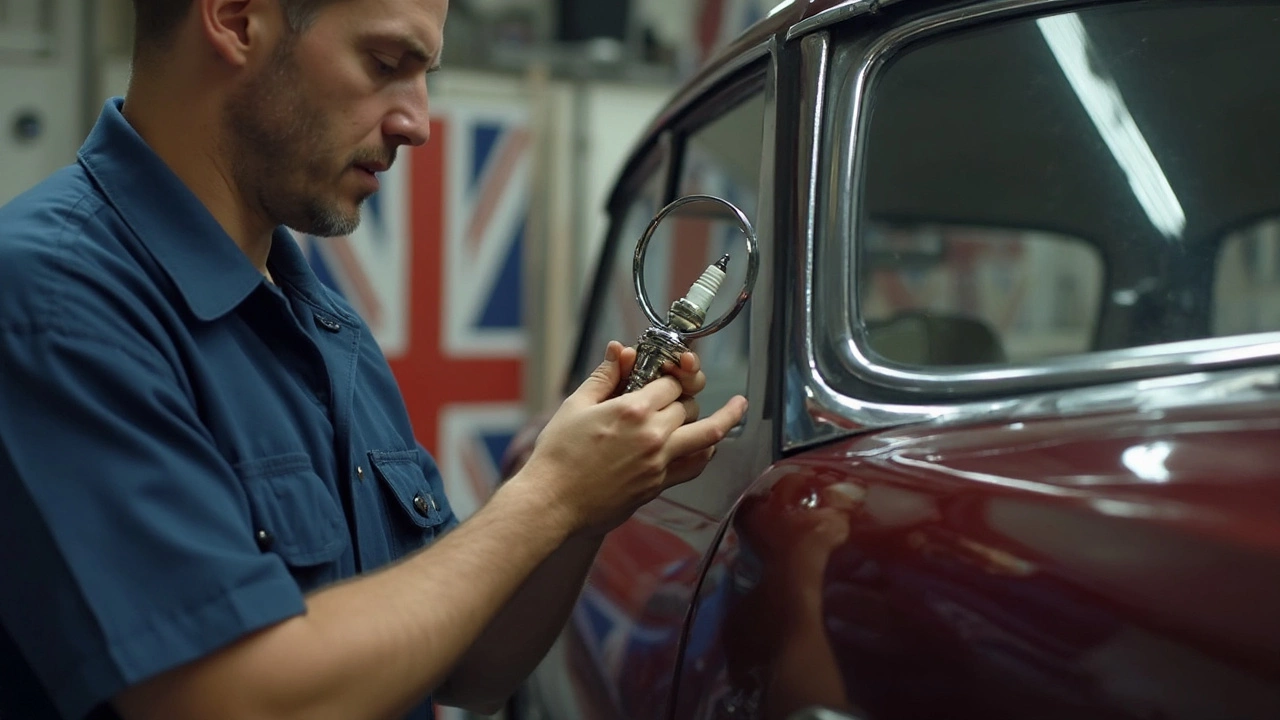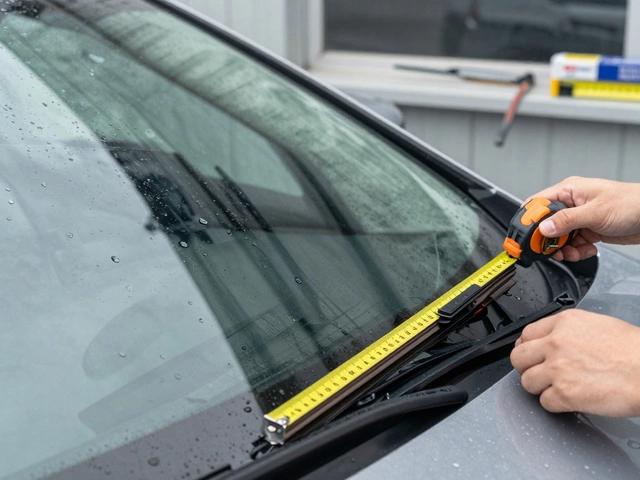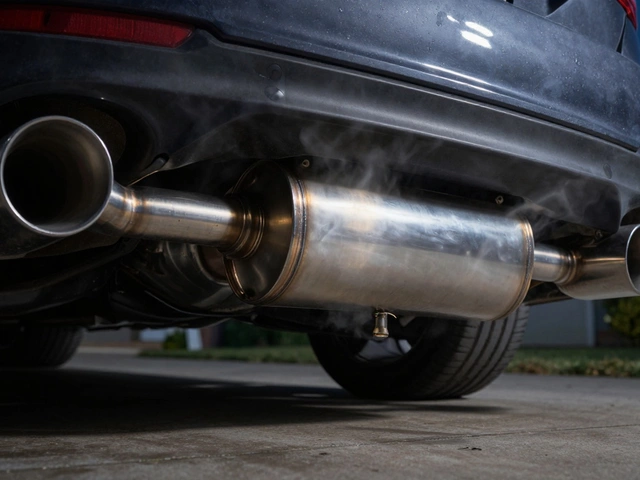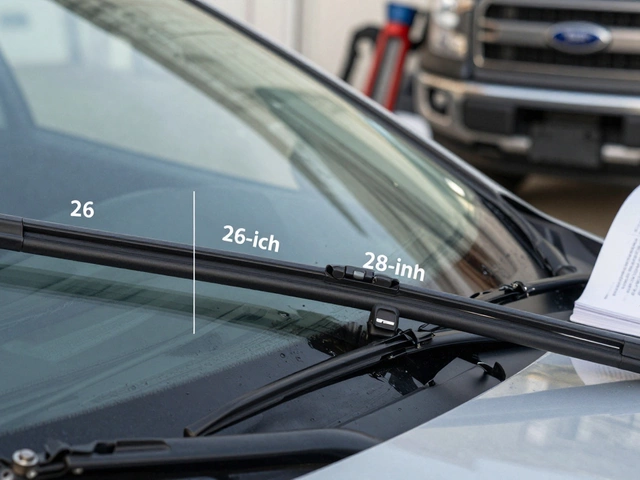Ignoring spark plugs seems harmless—until your car starts acting up at the worst time. People push their luck, sometimes running 80,000 miles or more without swapping them. Modern plugs, especially iridium or platinum types, can last that long, but not forever. Older copper plugs bow out way sooner, often by 30,000 miles.
Every engine's different, but waiting too long can tank your fuel economy and cause rough starts or weird engine noises. That cheap part can turn into a big repair bill if you let it slide. Knowing your car’s recommended interval saves headaches down the road—and keeps you from being that person stranded in the parking lot.
- How Spark Plugs Work and Why They Matter
- Average Lifespan: When Do Spark Plugs Need Changing?
- Signs You’ve Waited Too Long
- Tips for Keeping Spark Plugs (and Your Engine) in Shape
How Spark Plugs Work and Why They Matter
Your engine’s got a pretty simple job: take fuel and air, mix them up, then ignite that mix to power your car. Spark plugs are right at the heart of this process. Their job? Create the little spark that sets off the explosion inside each cylinder. No spark, no start. It’s that basic.
Each plug sticks into the engine’s cylinder head and gets hit with a jolt of electricity from the ignition system. At the tip, a gap lets the spark jump, lighting up the fuel-air mix. This happens on every single cylinder, every time the engine runs. If you’ve got four cylinders, you’ve got four plugs firing thousands of times per minute.
You might not think much about them, but spark plugs have a big effect on engine performance, fuel economy, and even how hard your engine has to work. Damaged or worn-out plugs make your car feel sluggish, waste more gas, and can make the engine misfire—that’s when it stumbles or shakes instead of running smooth.
Letting spark plugs go too long can hurt your starter, battery, and even the catalytic converter because unburned fuel can sneak through. To give you a clear picture, check out how different plug types stack up in typical use:
| Type | Average Lifespan (Miles) |
|---|---|
| Copper | 20,000–30,000 |
| Platinum | 60,000–100,000 |
| Iridium | 80,000–120,000 |
Bottom line: this tiny part pulls more weight than you’d ever expect. Keeping up with your car maintenance means giving spark plugs the attention they deserve.
Average Lifespan: When Do Spark Plugs Need Changing?
Not all spark plugs are created equally, and their replacement schedules aren’t the same either. For most cars built after 2000, spark plug intervals have stretched out a lot thanks to better tech. But how long can you really go? Let’s break it down by type:
- Copper plugs: Old-school and cheap, but you’ll need to swap them around every 20,000 to 30,000 miles. Push them too far, and performance drops fast.
- Platinum plugs: These are a nice middle ground. They often last between 60,000 and 100,000 miles if your engine doesn’t have any issues.
- Iridium plugs: The fancy ones. Some manufacturers say up to 120,000 miles, but most people see best results staying under 100,000 miles.
Here’s a quick comparison if you want to see it at a glance:
| Type | Typical Lifespan (Miles) |
|---|---|
| Copper | 20,000 – 30,000 |
| Platinum | 60,000 – 100,000 |
| Iridium | 80,000 – 120,000 |
Keep in mind, these numbers are averages. If you drive hard, do lots of stop-and-go, or your car burns oil, your spark plugs might wear out faster. Some car brands like Honda or Toyota have set replacement reminders somewhere around 100,000-mile mark, but it’s always smart to double check the owner’s manual. That’s where you’ll find the specific interval for your make and model, because yes, some engines chew through plugs quicker than others.
If you buy used cars, don’t just assume the last owner kept up with car maintenance. It pays to ask, or just put in a fresh set so you know exactly where you stand. Going a little past the recommended interval probably won’t kill your engine, but stretching it out for years can mess with your fuel efficiency and cause annoying misfires. So, while plugs seem like a minor job, they’re actually key to keeping your engine happy long-term.
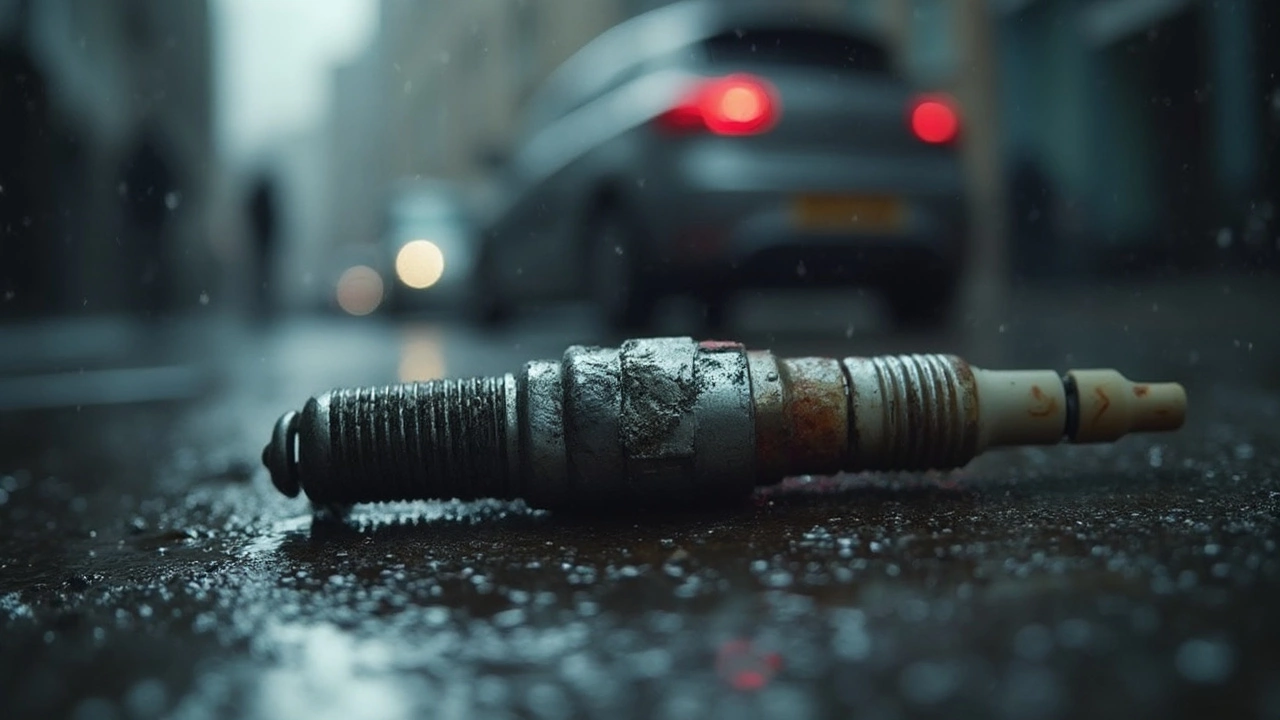
Signs You’ve Waited Too Long
Ignoring your spark plugs doesn’t just make your car unhappy—it flat out messes with how it runs. The warning signs sneak up, but they’ll get louder until you pay attention. Here’s what can happen when spark plugs are past their prime.
- Rough engine idle. Your car might “shake” or vibrate when stopped. It’s a classic tip-off that a plug isn’t firing right.
- Slow or hard starts. Instead of starting up first try, the engine takes a few extra cranks or chugs before firing.
- Poor gas mileage. Old spark plugs mess up the fuel burn, costing you extra at the pump. It’s not always obvious, but if you’re filling up more often, check those plugs.
- Check engine light comes on. If your check engine light is haunting you, worn plugs could be the simple fix.
- Engine misfires. You’ll feel the engine jerk or hesitate, especially when accelerating. That’s the engine “missing” a beat—never a good thing.
- Loss of power. If it feels like your car just doesn’t have the get-up-and-go it used to, dying plugs are often to blame.
Here’s a quick look at what you might notice:
| Sign | Why it Happens |
|---|---|
| Hard starts | Spark is too weak to reliably ignite fuel |
| Rough idle | Mismatched firing leaves the engine unbalanced |
| Check engine light | Sensors detect misfires or emissions issues |
| Bad mileage | Incomplete burn wastes fuel |
| Loss of power | Poor spark slows combustion |
One quick tip: using the wrong type of spark plug can speed up all these problems. Always double-check you’ve got the right plug for your ride, and remember—just because your car still runs, doesn’t mean your plugs are still doing their job.
Tips for Keeping Spark Plugs (and Your Engine) in Shape
Taking care of your spark plugs pays off in smoother starts, fewer visits to the gas pump, and way less drama under the hood. The trick is not just swapping them when things go wrong, but actually knowing what routine care looks like and sticking to it.
- Follow your car’s maintenance schedule. Almost every car owner’s manual lays out a mileage or time interval for spark plug replacement. If it says 60,000 miles, don’t wait until 100,000 to check.
- Check engine performance regularly. Notice sluggish acceleration, misfires, or a sudden drop in fuel economy? That’s your sign to peek at the plugs before bigger problems show up.
- Use the right type of spark plug. Your car’s designed for a certain kind—copper, platinum, or iridium. Swapping to a cheaper option can throw off the engine and shorten the plug’s lifespan.
- Keep the ignition system healthy. Bad ignition coils or wires put more stress on the spark plugs and can make them wear out faster. Changing these on schedule helps, too.
- Watch for oil or coolant leaks. Oil or coolant in your spark plug wells is a red flag, often pointing to a bigger engine issue that’ll trash your plugs if ignored.
For folks who really want to geek out or keep tabs on costs, here’s how the different types tend to stack up:
| Type | Average Lifespan (miles) | Estimated Replacement Cost |
|---|---|---|
| Copper | 20,000–30,000 | $40–$90 per set |
| Platinum | 60,000–100,000 | $60–$120 per set |
| Iridium | 80,000–120,000 | $80–$150 per set |
Trying to skip spark plug care just isn’t worth it. Fresh plugs keep your engine performing its best and can save you from way pricier repairs down the line. It’s a small job with a big payoff.
